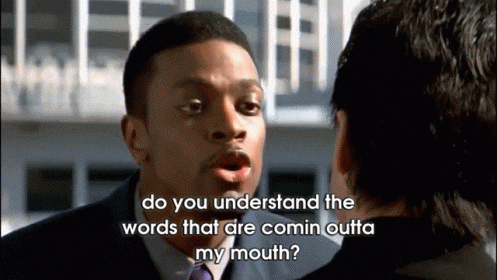Is your first time working with a Sign Language Interpeter?; Let's make it easy

Maybe you have seen them before. The majority are dressed in black or dark colours and they are active with their hands. Who? Sign Language Interpreters and CSW’s.
The sign language interpreters and CSW’s in education will facilitate communication either between users of a sign language and users of a spoken language, or between users of two different sign languages.
There are certain rules and expectations when people work with a sign language interpreter, we want to show you some basic guidelines to follow to make the interaction comfortable and easy for all concerned; especially the deaf person.
1.) Before a meeting try to research how to interact with a Deaf person. Here you will find some tips about deaf awareness:
2.) Plan for the interpreter to sit or stand near the speaking person. Depending on the type of assignment, the ideal position for the interpreter will be:
-
In a job interview the interviewer and the applicant will face one another with the interpreter next to the hearing person.
-
In a round table meeting the interpreter should be positioned opposite any deaf participants.
-
At a conference with a deaf presenter, the interpreter will be placed opposite the deaf person to support any queries of questions. In the case of a hearing presenter, the interpreter will be placed as close as possible to the presenter and near to any visual aids so that the deaf people in the audience can view both quickly and easily.
3.) Address the deaf person directly and make respectful eye contact, don't look at the interpreter. We know that sign language can be hypnotic to watch, but you are having a conversation with the deaf person.

4.) Speak normally, and directly to the deaf client. Avoid talking to the deaf person in the third person using phrases as "Tell her/him," or "Explain to her/him"...
5.) Speak in your normal tone, at your normal pace. You will be informed by the interpreter if you need to pause or slow down.

6.) Make sure your message is clear. The interpreter will interpret everything that is said, and voice everything that is signed.
7.) If you are using previous written notes, or supporting documentation, remember to offer a copy to the deaf person and the interpreter.
8.) Try to conduct the meeting in a well-lit room away from lots of external noise or visual disruptions.
9.) Avoid personal conversations with the interpreter, ask for her/his opinion or talk to the interpreter like the deaf person isn’t there. The interpreter is working as a means of language-transmission, a conduit for information and not as a participant.
10.) Relax. If you are unsure of the appropriate way to proceed in a particular situation, just ask, if you are curious it will be perfectly OK to ask a question of the deaf person.

11.) The recommended optimum time for an interpreter to work is around 20 minutes. After this time and if the interpreter is working alone, she/he will need a break. For meetings and events longer than 1.5 hours, two interpreters are necessary so they can take turns to interpret.
12.) Remember to always hire a professional, competent interpreter who has the appropriate credentials and background to facilitate effective communication.
Just follow these simply and common sense rules and your first contact will be easy and mistake free. Success guaranteed!
Read this brilliant blog post on Limping Chicken about the point of view of a deaf person relating to its experiences regarding BSL Interpreters and how people respond to her working with one: http://limpingchicken.com/2018/01/16/rebecca-anne-withey-what-you-should-know-about-my-sign-language-interpreter/

